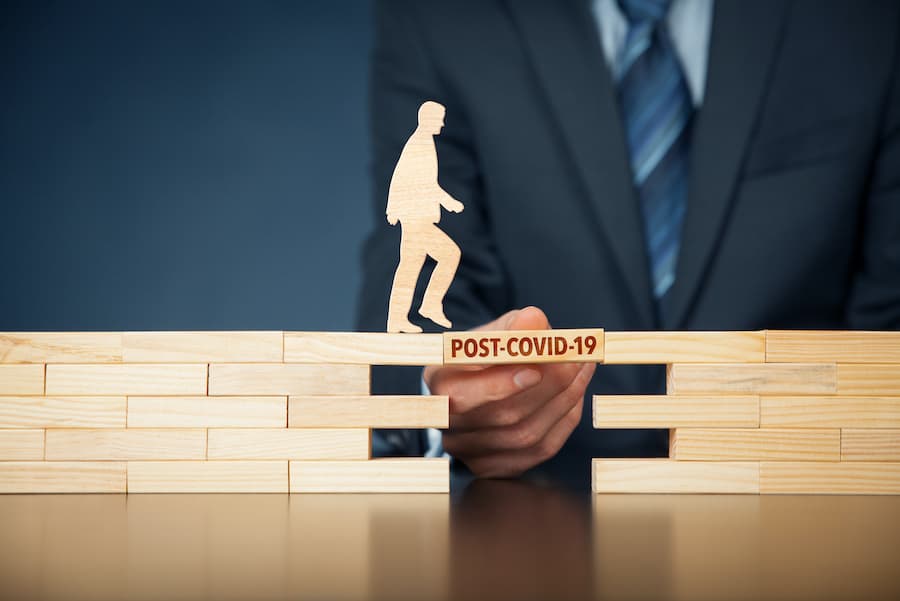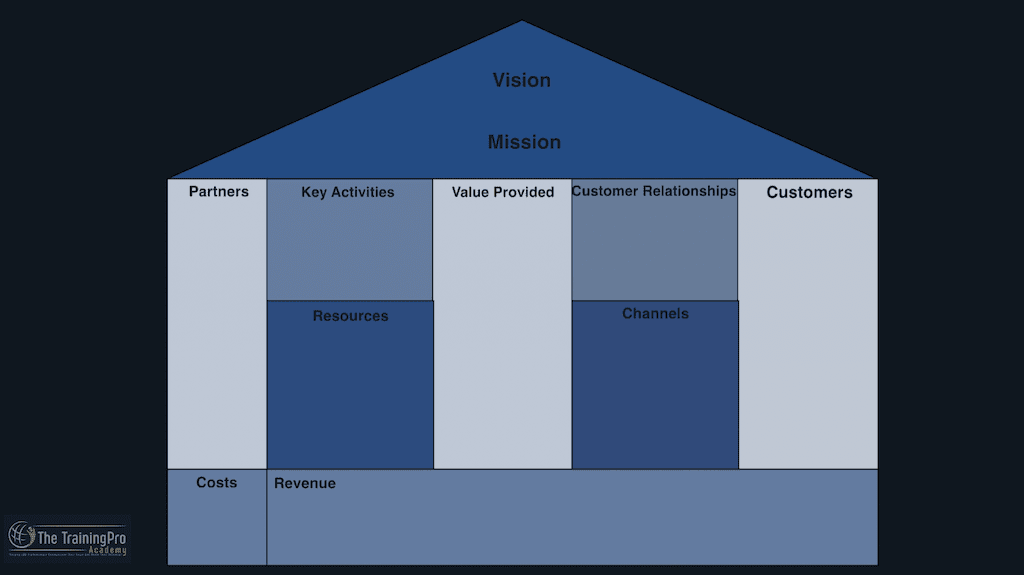To understand the shared experiences of front line business and academia managers during Covid-19 and uncover what they feel is needed to prepare for the “new normal,” Dr. Nick Scalzo, Dr. Bennie Harris, and I conducted a survey.
The results uncovered five major themes across respondents who feel the workplace will become a combination of some employees who never come to the office, some who rotate days or times, and some who come in every day.
[emailoctopus form_id=1]
Today’s Leadership Challenges As Reported By Leaders

As my colleagues and I analyzed the data, we approached the information from three very different but complementary perspectives:
- Dr. Scalzo viewed the data from the perspective of a long-time HR professional with decades of experience coaching managers on resolving conflict, addressing performance issues and leading during tough times.
- Dr. Harris filtered the information through the lens of an academic who is new to leading remote teams but also as an executive who is appointed to develop organizational strategies for his institution.
- I approached the data from the perspective of a business leader with a history of leading teams that were forced to work remotely as a result of unforeseen crisis but who had to return to a work environment and culture that were totally different.
The major themes revealed by managers and leaders are as follows:
- Improve remote leadership skills;
- Revisit operational strategy;
- Re-establish performance expectations;
- Get better at time management, and;
- Address technology issues.
As we analyzed the data and the emerging themes, I concluded that many of the issues leaders are facing today can be solved with a value-based leadership philosophy, one that provides space for different tactics based on the needs of the organization (and not a dogmatic leadership technique that relies on prescribed tactics).
Agile leadership is one such approach. For those of you who are not familiar with agile leadership, it’s based on four core values:
- Individuals and Interactions Over Processes and Tools
- Working Products or Services Over Comprehensive Documentation
- Customer Collaboration Over Contract Negotiation
- Responding To Change Over Following a Plan
Let’s take a look at how an agile leader might address the second theme identified by our participants. To do this I’ll share an example of how I helped one client solve a similar problem in a non-covid environment.
Many of the issues that leaders are facing today can be solved with a simple, value-based leadership philosophy. Agile leadership is one such approach.
The Background
I was doing some consulting work for a large hospital in NY. The employees were distributed across the many hospitals in their network so it was unusual to find more than 1-2 team members in any one location.
The chief learning officer was concerned about her team missing deadlines and producing poor quality work. She also had no easy way to evaluate her team’s performance or communicate the organization’s value to her superiors.
They were providing reports to stakeholders but the fact that she kept receiving additional questions had her worried.
The Tool
I used a tool called the house chart to evaluate the organization. I love this tool because it allows me to view the high level details of any organization on one page.

The house chart gets its name from its shape:
- The roof comprises the organization’s vision and mission. This section informs the viewers on why the organization exists and where it’s going.
- The right pillar of the house is the “customer” section. This component of the chart details who receives the products and services delivered by your team.
- To the left of the customer pillar are the “customer relationship” and “channel” sections. The former defines how the training team expects its employees to interact with customers while the latter identifies the modes used for this interaction.
- The next box is the “value provided” section. This is where you state what value customers receive from the services provided. If you can’t articulate the value that your team is providing to customers, you have a big problem on hand.
- The next two boxes in the chart are the “key activities” and “key resources” sections. This is where you communicate the major activities that they must engage in to provide your services as well as what resources are required to get the job done.
- To the left of the activities and resources boxes is the “partner” section. This is where the team communicates who they need to work with to get the job done. This section would typically list the vendors or internal groups that the learning organization must work with in order for the training to be delivered.
- The base of the house is the financial section. This is where the organization articulates the costs associated with running its training programs and the amount of revenue the learning team brings in (if any at all).
When I started analyzing this L&D team’s operations, I expected to find that they didn’t have a clearly defined mission and vision. The house chart confirmed that. Check out the agile leadership course for a full rundown of the chart and how it works.
The Problem
The problem, however, was that the c-level is where the understanding of the teams mission and vision stopped. When I interviewed the team members, it was clear that while some knew the organizations mission and vision, most didn’t.
Even more problematic is the fact that the mission and vision were not used to make decisions about the team’s most valuable activities to pursue. It also wasn’t used to make decisions about organizational priorities.
The employees felt that they couldn’t say no to requests, essentially functioning as “cogs” in the machine who just had to do whatever anyone asked. Priorities were unstable and most employees hated coming to work.
The Solution
There was no silver bullet solution to this problem. We implemented a number of integrated changes that resulted in a focused and engaged workforce. To do this, we had the CLO Remind, Recommit or Reconnect, Empower, and Reward:
Remind
Remind means just what it says. The CLO had to remind her team of their mission and their vision. This was accomplished in two ways:
- She held a number of virtual meetings to discuss the mission and vision with her team. At those meetings, she shared why they were important and how the team supported the overall mission of the hospital;
- She had her L&D team change their email signature to include the team’s vision statement. Also, we encouraged her to end all communications with the vision. At the end of every phone call she would say: “Remember, we’re here to…”
Thanks to these two practical exercises, the team not only remembered the vision but they also internalized it as part of their everyday life.
Reconnect
During the team meetings acting as a reminder of the organization’s mission and vision, the CLO also reconnected the team by restating her commitment to focusing on their growth and company values.
Empower
She then empowered her employees to either say no to or deprioritize any work requests that were not aligned with the team’s mission or vision.
Reward
Finally, the CLO rewarded behavior that aligned with the company’s vision by acknowledging it. When an employee said no to work that shouldn’t be done by them or changed the priority of a request because it didn’t fit the company values, an email went out to the entire team thanking them for living the mission.
[emailoctopus form_id=1]
The Results
Within a few months, the entire culture of the team changed. Employees felt empowered, they knew what to focus on and they started enjoying coming to work. The leadership and engagement scores of the team went up 5 points that year and 12 points the year after. The CLO also stopped getting questions from her stakeholders about the value that the team was providing to the hospital.
Originally published Jun 8 2020
Sign Up To Our Free Webinar | Improving Employee Engagement of Dispersed Teams with Agile Leadership
Don’t forget to share this post!

Industry thought leader, author, and dynamic public speaker. Pioneer in the application of business and technology trends to learning programs.
